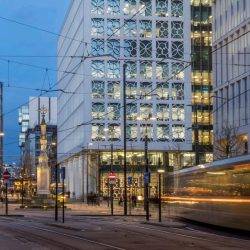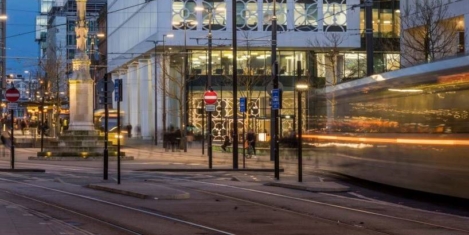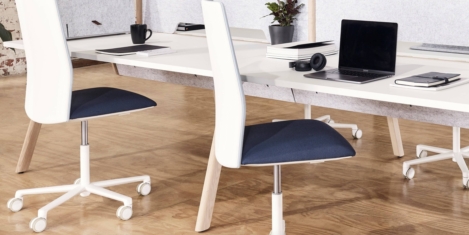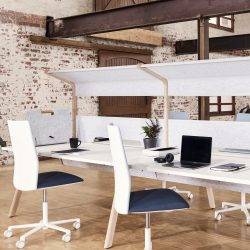April 6, 2018
The UK’s incredible shrinking office phenomenon
 Apparently prompted by the recent boom of so-called ‘micro-homes’ in Britain, commercial property firms Savoystewart.co.uk has set out to investigate whether the ‘micro-trend’ has also taken root in the office sector as well. The firm analysed office floorspace available relative to the number of active businesses in England and Wales from 2012 to 2016, finding that the office floorspace is shrinking both on regional and local levels. Results of the research, which is based on the latest GOV data on business floorspace from the Valuation Office Agency and official stats on business demography from ONS, revealed that the change in office floorspace available per business has been downward in all regions. The results reflect trends in the BCO’s specification guide
Apparently prompted by the recent boom of so-called ‘micro-homes’ in Britain, commercial property firms Savoystewart.co.uk has set out to investigate whether the ‘micro-trend’ has also taken root in the office sector as well. The firm analysed office floorspace available relative to the number of active businesses in England and Wales from 2012 to 2016, finding that the office floorspace is shrinking both on regional and local levels. Results of the research, which is based on the latest GOV data on business floorspace from the Valuation Office Agency and official stats on business demography from ONS, revealed that the change in office floorspace available per business has been downward in all regions. The results reflect trends in the BCO’s specification guide











 It should come as little surprise that graduates who have undertaken an internship are more likely to have honed the skills businesses needs, one of the main findings of the Institute of Student Employers (ISE) annual Development Survey, which launches today (28 March 2018) at the ISE Student Development Conference. The report found that 63 percent of employers believed graduates who had undertaken work experience had the required soft skills, yet less than half (48 percent) thought this of graduates in general. According to the report the five most common graduate skills gaps are; managing up (5 percent of employers believed graduates had this skill); dealing with conflict (12 percent); negotiating/influencing (17 percent); commercial awareness (23 percent and resilience (31 percent). This is why closing skills gaps is a priority for businesses with 74 percent of employers taking specific actions to tackle the issue in 2017. Changes to recruitment and on-the-job training were the most common actions and 16 percent of organisations improved their internship development programmes specifically to close skills gaps.
It should come as little surprise that graduates who have undertaken an internship are more likely to have honed the skills businesses needs, one of the main findings of the Institute of Student Employers (ISE) annual Development Survey, which launches today (28 March 2018) at the ISE Student Development Conference. The report found that 63 percent of employers believed graduates who had undertaken work experience had the required soft skills, yet less than half (48 percent) thought this of graduates in general. According to the report the five most common graduate skills gaps are; managing up (5 percent of employers believed graduates had this skill); dealing with conflict (12 percent); negotiating/influencing (17 percent); commercial awareness (23 percent and resilience (31 percent). This is why closing skills gaps is a priority for businesses with 74 percent of employers taking specific actions to tackle the issue in 2017. Changes to recruitment and on-the-job training were the most common actions and 16 percent of organisations improved their internship development programmes specifically to close skills gaps.


 The mental health of employees, especially those working within high pressured working environments are the number one concerns for UK CEOs. Nearly three quarters (73 percent) of respondents to the annual wellbeing report ‘
The mental health of employees, especially those working within high pressured working environments are the number one concerns for UK CEOs. Nearly three quarters (73 percent) of respondents to the annual wellbeing report ‘














March 21, 2018
There are at least some reasons to be optimistic about the UK’s tech sector post Brexit
by Gary Chandler • Comment, Property, Technology, Workplace design
(more…)